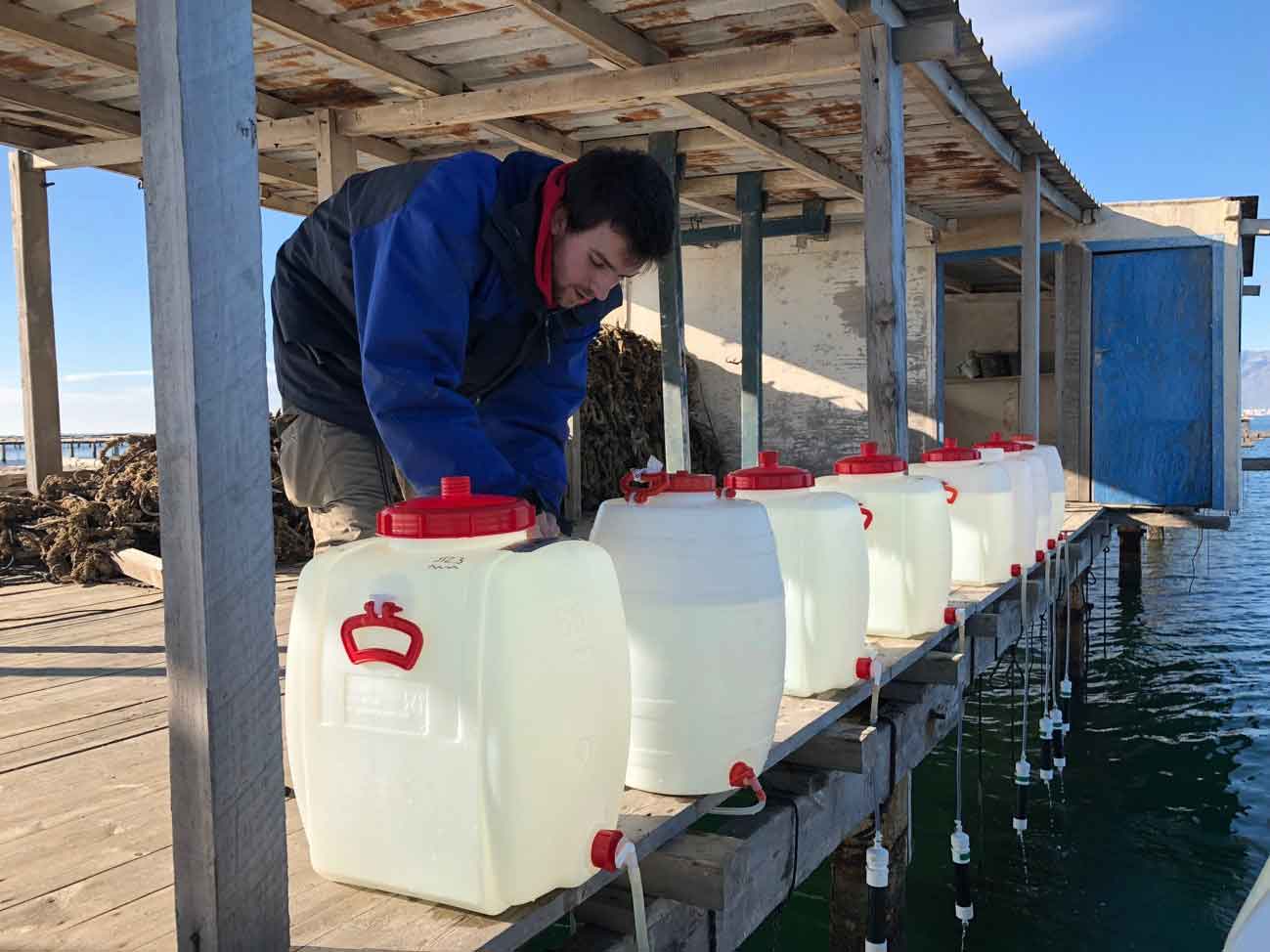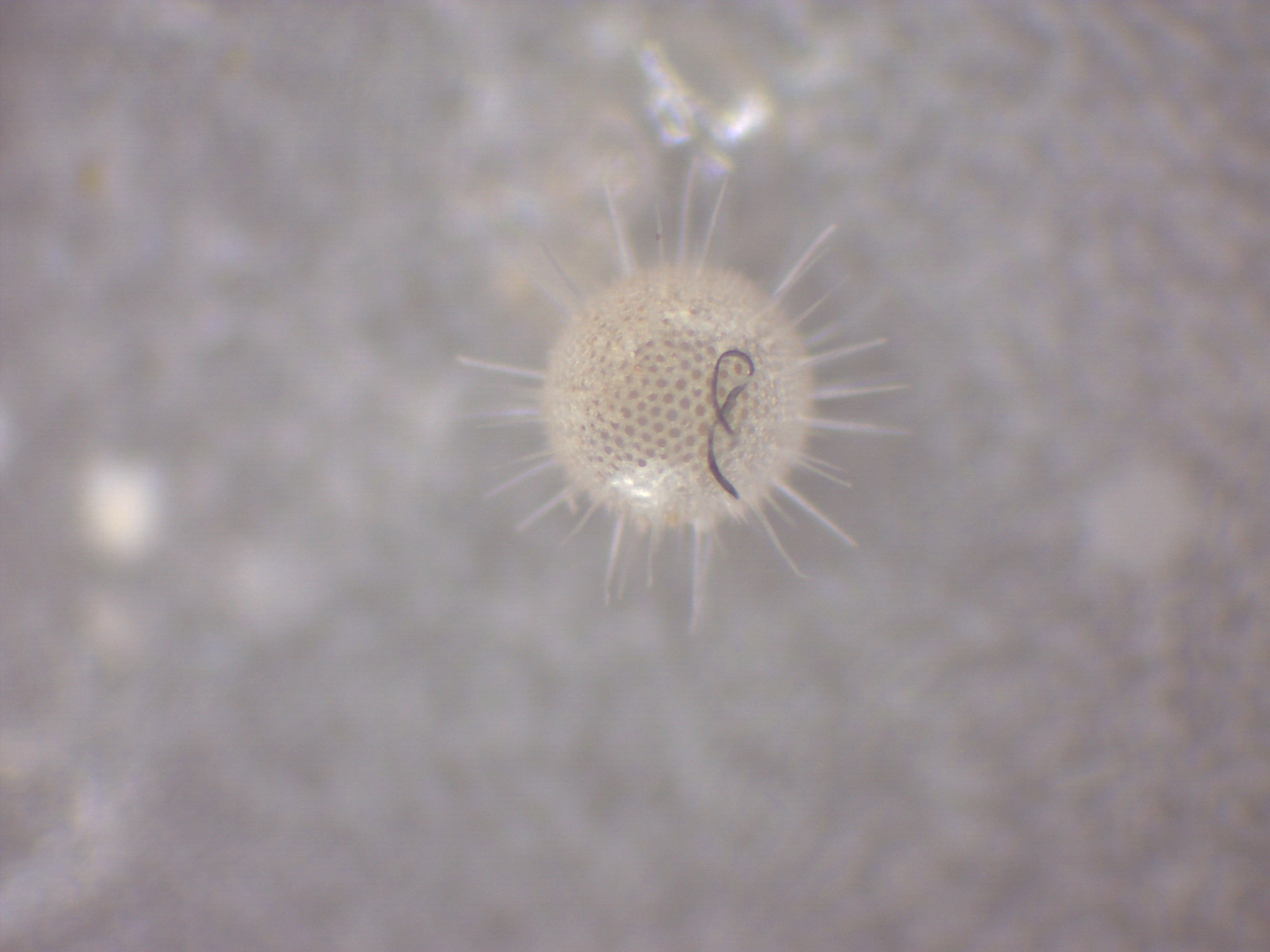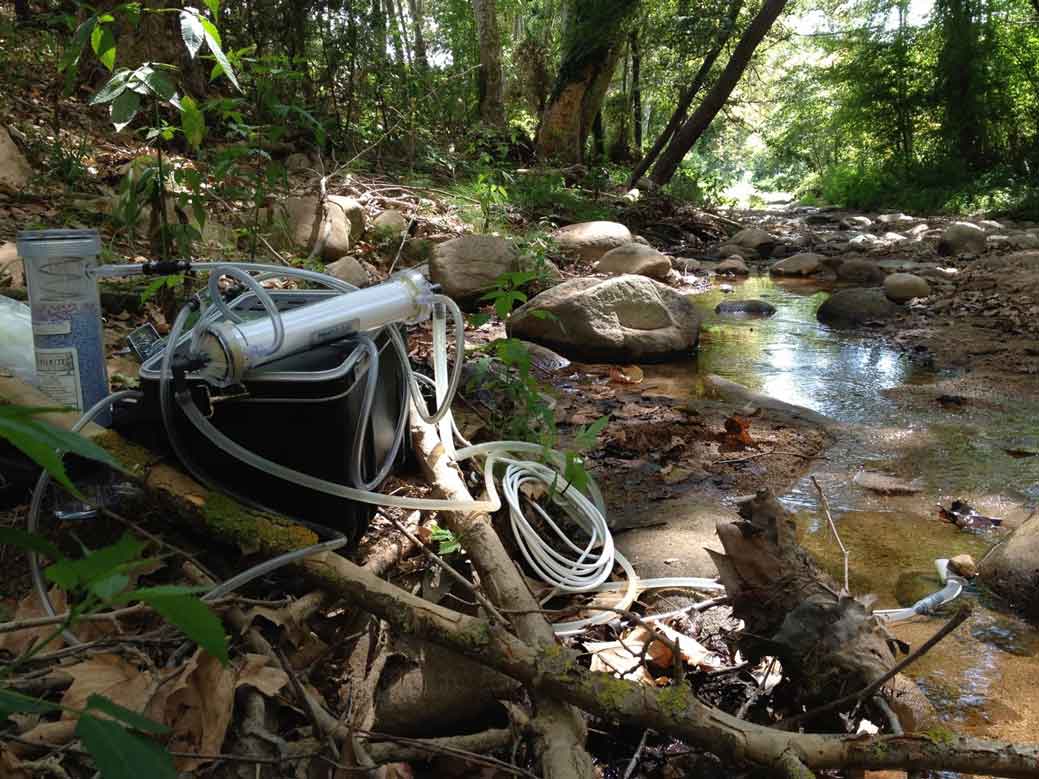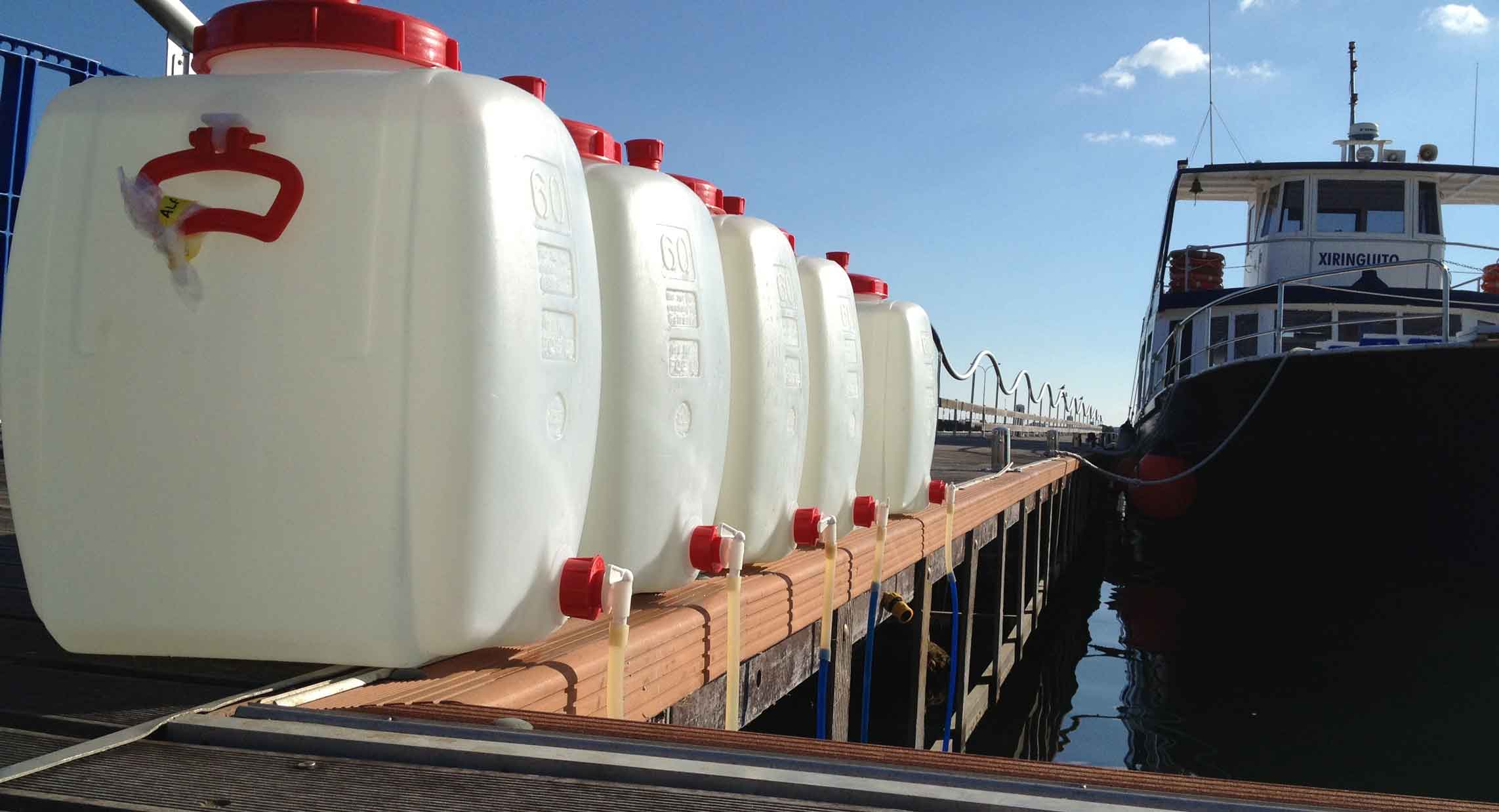Research strategy, sampling, analysis and interpretation of results
Radium isotopes are important geochemical tracers in marine environments, mainly because they behave conservatively in seawater (i.e. lack of significant chemical and biological additions or removals), decay at a known rate and are primarily sourced from water-rock and sediment-water interactions. Ra isotopes have been traditionally used to trace land-ocean interaction processes, including the discharge of groundwater to the ocean (Submarine Groundwater Discharge (SGD)), as well as to estimate mixing rates in coastal waters or groundwater residence times in coastal aquifers.

After collecting the samples, water is filtered through a manganese impregnated fiber to adsorb the radium isotopes.
The GRAB has an extensive experience on the use of Ra isotopes as tracers of environmental processes (> 20 scientific projects worldwide in the last 15 years). The analytical capacity in the GRAB includes all the detectors and infrastructure need to measure the four naturally-occurring Ra isotopes (223Ra, 224Ra, 226Ra and 228Ra): 6 Radium Delayed Coincidence Counters (RaDeCC system) to quantify the short-lived Ra isotopes (223Ra and 224Ra) and 2 HPGe gamma spectrometers to analyze the long-lived ones (226Ra and 228Ra). The GRAB can also provide support to design studies based on the use of Ra isotopes as environmental tracers (including strategy, sampling, analysis and interpretation of the results).







